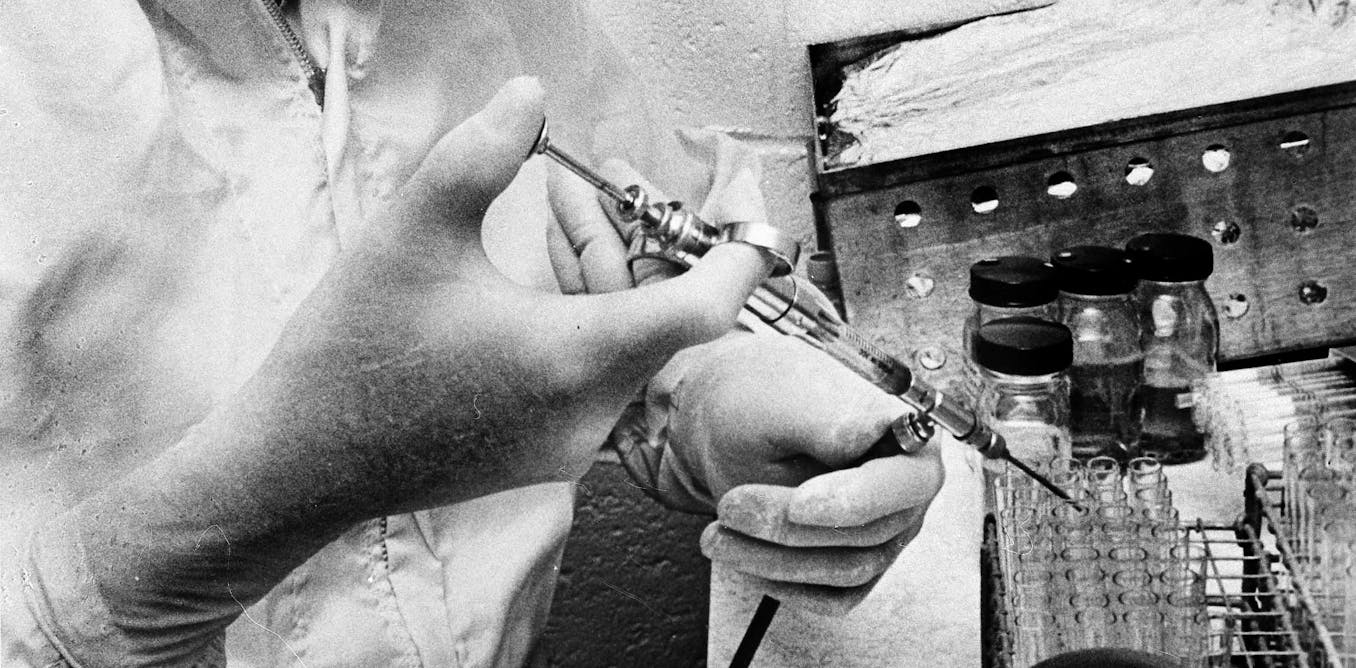What was odd about H1N1 Russian flu pandemic
Here the story takes yet another turn. Microbiologist Peter Palese applied what was then a novel technique called RNA oligonucleotide mapping to study the genetic makeup of the new H1N1 Russian flu virus. He and his colleagues grew the virus in the lab, then used RNA-cutting enzymes to chop the viral genome into hundreds of pieces. By spreading the chopped RNA in two dimensions based on size and electrical charge, the RNA fragments created a unique fingerprint-like map of spots.
Much to Palese’s surprise, when they compared the spot pattern of the 1977 H1N1 Russian flu with a variety of other influenza viruses, this “new” virus was essentially identical to older human influenza H1N1 strains that had gone extinct in the early 1950s.
So, the 1977 Russian flu virus was actually a strain that had disappeared from the planet a quarter century early, then was somehow resurrected back into circulation. This explained why it attacked only younger people – older people had already been infected and become immune when the virus circulated decades ago in its earlier incarnation.
But how did the older strain come back from extinction?
A sobering history lesson
The resurrection of an extinct but dangerous human-adapted H1N1 virus came about as the world was scrambling to prevent what was perceived to be the imminent emergence of a swine H1N1 influenza pandemic. People were so concerned about the possibility of a new pandemic that they inadvertently caused one. It was a self-fulfilling-prophecy pandemic.


